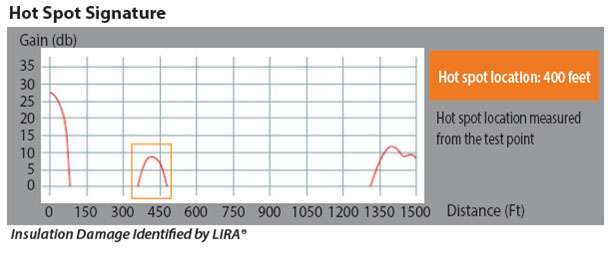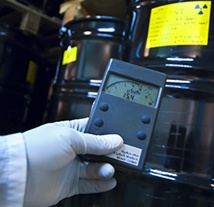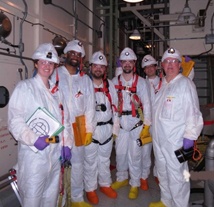This article is part 3 and final of: https://www.fauske.com/blog/3-ways-to-protect-your-electrical-cable-assets-part-1 and https://www.fauske.com/blog/3-ways-to-protect-your-electrical-cable-assets-part-2
Monitoring your cable assets provide a dynamic program for identifying and evaluating your cables performance. A well planned out and fully implemented monitoring program tracks, identifies and forecasts cable performance. In addition, it can assess the timing and need for maintenance and/or replacement of cables. So how do you monitor your cable assets? Quite simply: (1) Identify, (2) Catalog and (3) Analyze.
First off, you need to gather all the available information about your cable system. This includes insights gained from visual walk downs, thermographs of your cable systems, and on-line and laboratory cable test results. The relevant cable life information needs to be extracted from these insights. For example, if during a cable walk down you identify a cable location in which the cable jacket is changing color due from a heat source; that information needs to be identified. Also, it needs to be identified if cables are tested and show a change in performance.
Once all the information has been identified, it needs to be cataloged. There are many ways to catalog the information from “paper and pencil” to “electronic” methods. The best method depends upon personal choice and application.
The “paper and pencil” method stores all information in a hard copy format with binders or folders. Hard copy backup copies of this information are required to protect the data integrity.
The “electronic” catalog method can range from an “electronic” version of the “paper and pencil” method where all the data is stored simply like in a WORD document to sophisticated “electronic” methods that involve databases. These sophisticated “electronic” methods provide many advantages over the other methods including efficient analysis. Like the “paper and pencil” catalog method, all “electronic” catalog methods require regular backups.
Once all the cable asset performance data is cataloged, it can then be mined for analysis. The mining of the data can then evaluate past cable performance, and with some insights, can forecast the potential quality of your cable in the future. That is, cable lifetime predictions can be made. For example, if the LIRA test results for a given cable continue to show degradation, monitoring the cable performance can lead to an educated prediction of remaining cable lifetime.
Fauske & Associates, LLC has extensive experience in visually evaluating, diagnosing and monitoring your cable assets. For more information, call +1 630-323-8750 or email afauske@fauske.com










